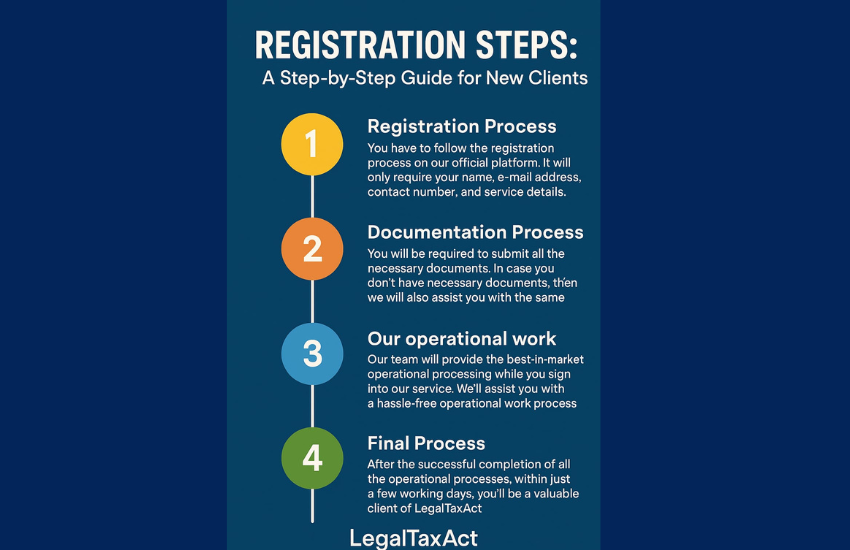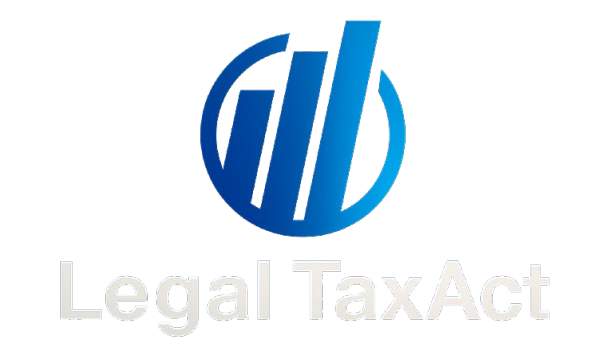Balance Sheet Preparation & P&L | Small Business Balance Sheet | Prepare your Financial Report Online
Let the dedicated team of Legal TaxAct handle all your Balance Sheet Preparation & P&L records and statements so that you don’t have to worry about the cash flow and you can focus on your goals.
Book Service Now

5 Years
Of Experience

1100 +
Cases Solved

5 +
Awards Gained

4 k +
Trusted Clients

2 k+
Queries Solved
Maintaining Balance Sheet and Profit & Loss records and statements is vital for a business as it summarizes the business’ trading transactions – income, sales, and expenditure, and the resulting profit/loss for a given period. Let us help you keep it managed.
A Balance Sheet gives a quick review of your business’s total assets and total liabilities along with tracking owner and shareholder investments (equity). Your Balance Sheet compliments your P&L (Profit & Loss) and Cash Flow statements that tell the whole story of your investment. The Profit & Loss statements or income statements show your sales and expenses. Similarly, the cash flow statements relate everything about how and where your money is moving into or out of your business.
One should review their Balance Sheet and P&L statements monthly to check if everything is going in the same direction as planned or if there is any need for a change in strategy. However, due to so many responsibilities and a lack of knowledge and resources, most business owners often forget about it. But don’t worry. We will help you with your Balance Sheet Preparation & P&L tasks.
How to apply

Essentials of preparing Balance Sheet & P&L for Small Business
Small businesses often operate within constrained financial environments, making it imperative to monitor their financial status diligently. A balance sheet offers a comprehensive overview of a company’s financial position, enabling entrepreneurs to assess liquidity, solvency, and overall performance. By leveraging insights derived from balance sheets, small business owners can make informed decisions, attract investors, and steer their companies toward sustainable growth.
In essence, a balance sheet is not merely a financial document but a strategic tool that empowers small business owners to make informed decisions, attract external support, and navigate the complexities of the business landscape with confidence.
A balance sheet serves as a financial compass for small businesses, guiding them through the turbulent waters of entrepreneurship. Its significance lies in several key aspects that directly impact the success and sustainability of small enterprises:
- Assessment of Financial Health
- Decision-Making Support
- Attraction of Investors and Lenders
- Stakeholder Communication
- Strategic Planning
- Compliance and Regulation

Components of a Basic Balance Sheet
A basic balance sheet serves as a cornerstone in financial reporting, offering a structured view of a company’s financial standing at a given moment. Here are the essential components:
- Assets encompass everything a company owns or has a claim to. This includes tangible assets like cash, inventory, and property, as well as intangible assets like patents or goodwill.
- Liabilities represent the company's financial obligations to outside parties. This includes debts, accounts payable, and accrued expenses.
- Shareholders' equity reflects the company's net worth, calculated by subtracting liabilities from assets. It represents the portion of the company owned by shareholders.
By meticulously detailing these components, a basic balance sheet provides a clear picture of a company’s financial health, aiding in decision-making and financial planning.

What is the Balance Sheet Equation between Assets and Liabilities?
The balance sheet equation, also known as the accounting equation, is a fundamental concept in financial accounting. It states that a company’s assets must equal its liabilities plus shareholders’ equity. This equation ensures that the resources owned by the company (assets) are financed either by borrowing money (liabilities) or by the owner’s investment in the business (equity).
The balance sheet equation forms the basis for understanding a company’s financial position. By maintaining a balance between assets and liabilities, businesses can assess their liquidity, solvency, and overall financial health. This equilibrium is essential for investors, lenders, and other stakeholders, as it indicates the company’s ability to meet its obligations and generate returns on investment.
Further, the balance sheet equation provides a framework for financial reporting and analysis, allowing businesses to track their financial performance and make informed decisions. Understanding this equation is crucial for interpreting balance sheets and evaluating the financial stability of a company.
Online Detailed Project Report Preparation | Comprehensive Project Report for Bank Loan Approval
Let us make your Project Report with proper planning while keeping the circumstances and local law in mind to make it more transparent and understandable.
Book Service Now

5 Years
Of Experience

1100 +
Cases Solved

5 +
Awards Gained

4 k +
Trusted Clients

2 k+
Queries Solved
Make your start-up business report properly while keeping all the crucial factors in mind to get the loan quickly and hassle-free. Need help? We are just a call away!
It is vital to make and represent the project report for taking a business loan from the back for a new start-up business. To make the report look more effective and authenticate, you must submit all the required official documents. You must add all the requirements to the project report so that it should represent the idea of the business and the reader can understand it better, such as technical analysis, financial analysis, profitability analysis, economic analysis, and so.
Define all the elements of the project report adequately, such as the Introductory Page, Summary of the Project, Details of Customers, Promoters and Employees, infrastructure facilities, and more, to make it clear & concise. While drafting your project report, consider the laws and policies of your area, where you want to set up your establishment, other official formalities, and national and international rules and regulations if you’re willing to expand/set up your business nationally/internationally. Contact our experts to get help regarding your Project Report online.
How to apply

Role of Project Report for Bank Loan Process
- A report serves as a vital document required by financial institutions as part of the loan application process.
- It provides lenders with comprehensive insights into the viability, feasibility, and potential risks associated with the proposed project.
- The report includes detailed financial projections, such as revenue forecasts, cash flow analysis, and break-even analysis, enabling lenders to evaluate the project's profitability.
- It outlines potential risks and challenges associated with the project and proposes mitigation strategies to minimize adverse impacts, thereby enhancing the lender's confidence in the project's success
- Lenders use the information provided in the report to make informed decisions regarding loan approval, determining the loan amount, interest rates, and repayment terms.
- The project report demonstrates the borrower's commitment to due diligence and transparency, fostering trust and credibility with the lending institution.
- It ensures compliance with regulatory requirements and industry standards, addressing legal and regulatory concerns related to the project.
- The report serves as a communication tool between the borrower and the lender, facilitating clear and concise dialogue regarding the project's objectives, strategies, and financial outlook.
- It provides a basis for negotiation between the borrower and the lender, allowing both parties to discuss terms and conditions that are mutually beneficial.
- Once the loan is approved, the report serves as a benchmark for monitoring and reporting progress, enabling both parties to track the project's performance and ensure adherence to agreed-upon objectives and milestones.
Benefits of Online Project Report Preparation with Legal TaxAct

Feasibility

Project Management

Progress Tracking

Transparency

Indicates Profitability

Easy Decision Making

Financial Assistance

Ensures Survival
FAQS
Q1. What essential elements to keep in mind while legal Drafting?
While working on a legal draft, one must keep the following things in mind:
- Avoid ambiguity
- Be Clear
- Keep it simple
- Be precise
- Unilateralism
- Remember and follow the chronology
- Don’t forget to define important things
- Focus on adaptability
- The draft should be in a lucid way
- Be logical
Q2. How many types of drafts are there in the process of Legal Drafting?
There are mainly three types of drafts in the legal drafting process, these are:
- The first draft focuses on the proper mentioning of facts
- The second draft works on the correction of the first draft’s language to make it easy to understand
- The final draft is to give it the final touch so that it can convince the concerned authority
Q3. Are ‘Community Jargons’ allowed in Legal Drafting?
No, community Jargon is not allowed in Legal Drafting.
Q4. Should I hire a lawyer to prepare my legal draft?
If you are well aware of the legalities and have proper knowledge of the subject matter, you can try it out yourself. However, while preparing a legal draft, there are many parameters and conditions one must keep in mind which may affect you in future, so it is best to take help from professionals to avoid legal actions or conflicts.
Q5. What is a draft?
A draft is a precise legal document that gives all the details about a (legal) case. It is a rough document prepared by the lawyer, which later requires a final touch to compose the original draft.
